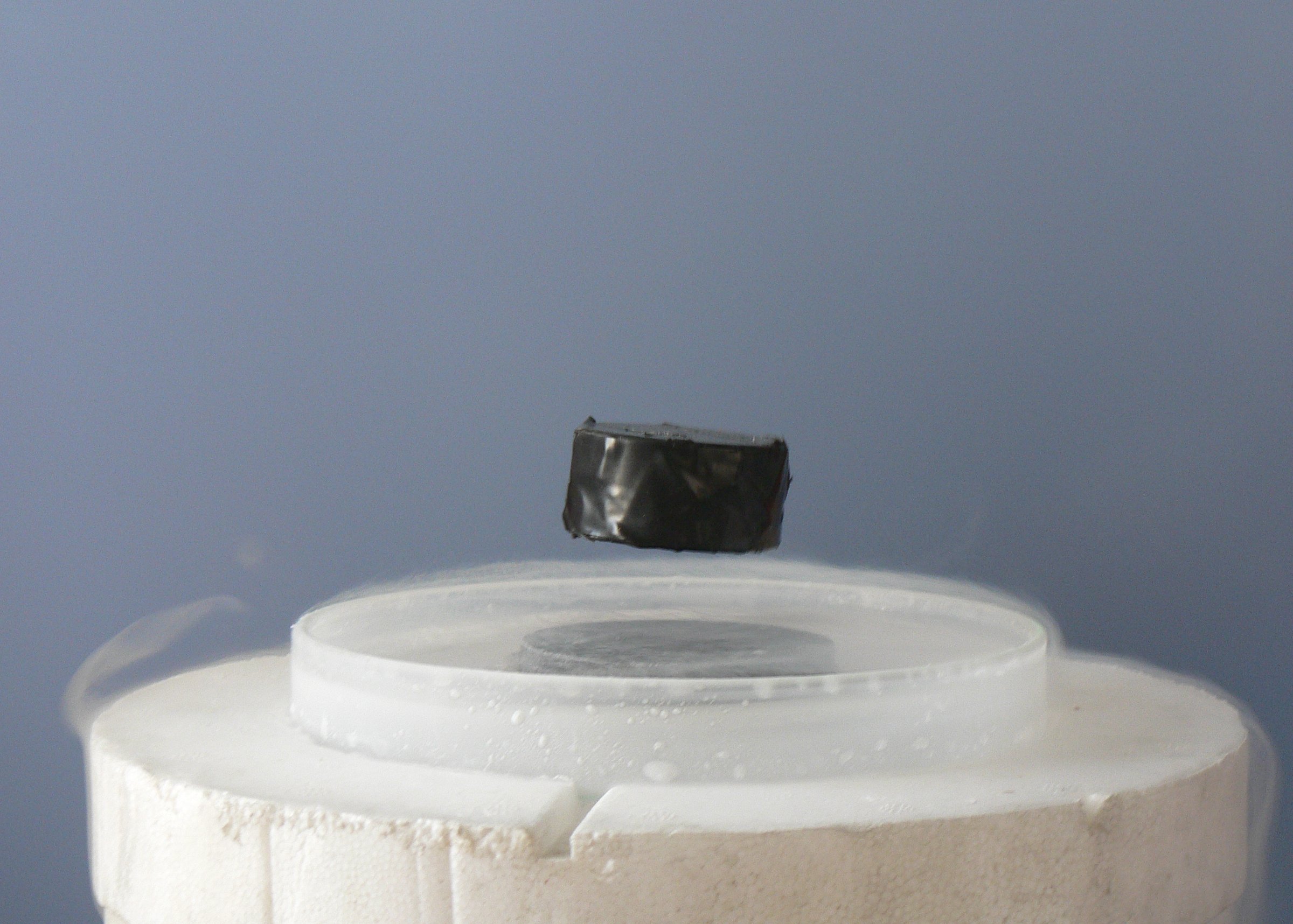Superconductivity
- Introduction to Superconductivity
- Theoretical Foundations
- Types of Superconductors
- Superconducting Materials
- Superconducting Phenomena
- Superconducting Devices
- Superconductivity and Quantum Computing
- Challenges in Superconductivity
- Future of Superconductivity
- Case Study: Superconductivity in Energy Sector
- Case Study: Superconductivity in Medical Field
- Case Study: Superconductivity in Transportation
Superconducting Materials
Organic Superconductors: An Overview

Electrical conductivity with exactly zero resistance.
Organic superconductors, a fascinating subset of superconducting materials, have been a subject of intense research since their discovery in the 1980s. These materials, primarily composed of carbon-based molecules, offer unique properties and potential applications that set them apart from their metallic and ceramic counterparts.
Introduction to Organic Superconductors
Organic superconductors are a class of superconductors that are primarily composed of organic compounds, specifically those that contain carbon, hydrogen, and other non-metallic elements. The first organic superconductor, (TMTSF)2PF6, was discovered in 1980, marking a significant milestone in the field of superconductivity.
Properties of Organic Superconductors
Organic superconductors exhibit many of the same properties as conventional superconductors, such as zero electrical resistance and the expulsion of magnetic fields (Meissner effect) below a certain critical temperature. However, they also possess unique characteristics that make them particularly interesting to researchers.
One of the most notable properties of organic superconductors is their anisotropy. Unlike conventional superconductors, which are generally isotropic (their properties are the same in all directions), organic superconductors are highly anisotropic. This means that their properties can vary significantly depending on the direction in which they are measured.
Examples of Organic Superconductors
The most well-known organic superconductors are based on the BEDT-TTF (bis(ethylenedithio)tetrathiafulvalene) molecule. When this molecule is combined with various anions, it forms a diverse family of organic superconductors. These materials, often referred to as "ET-based superconductors," have been found to exhibit superconductivity at temperatures as high as 13 K.
Applications and Potential of Organic Superconductors
While the relatively low critical temperatures of organic superconductors currently limit their practical applications, they offer exciting potential for future technologies. Their high anisotropy, for example, could be exploited to create superconducting devices with unique properties.
Furthermore, organic superconductors are relatively easy to modify chemically, making them ideal candidates for the design of new superconducting materials. By changing the molecular components of these materials, researchers can fine-tune their properties, potentially leading to the discovery of organic superconductors with higher critical temperatures.
In conclusion, organic superconductors, with their unique properties and potential for chemical modification, represent an exciting frontier in the field of superconductivity. As research in this area continues, we can expect to see new developments that bring us closer to realizing the full potential of these remarkable materials.